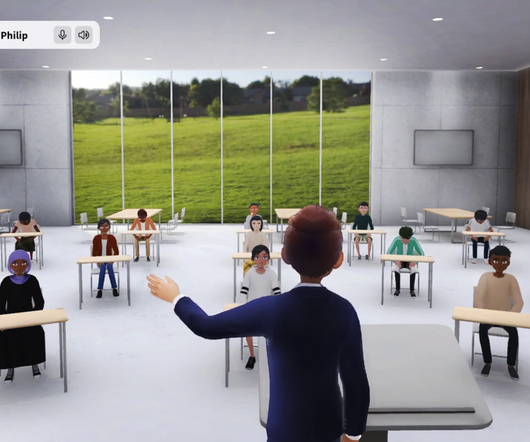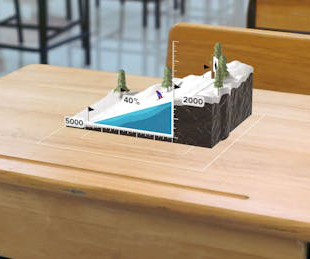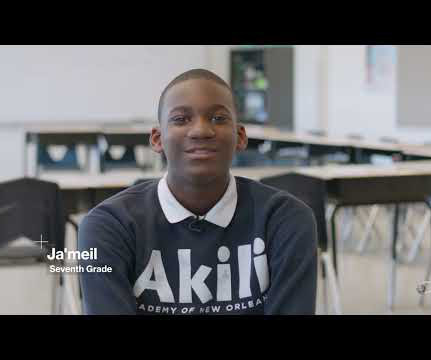6 Benefits of Immersive Learning with the Metaverse
ViewSonic Education
FEBRUARY 20, 2023
As a definition published by Boston University explains, it is an example of “learning by doing,” and some of the related activities can include field trips, laboratory experiments, and studio performances. This technology can also cater to a variety of other needs too.














Let's personalize your content